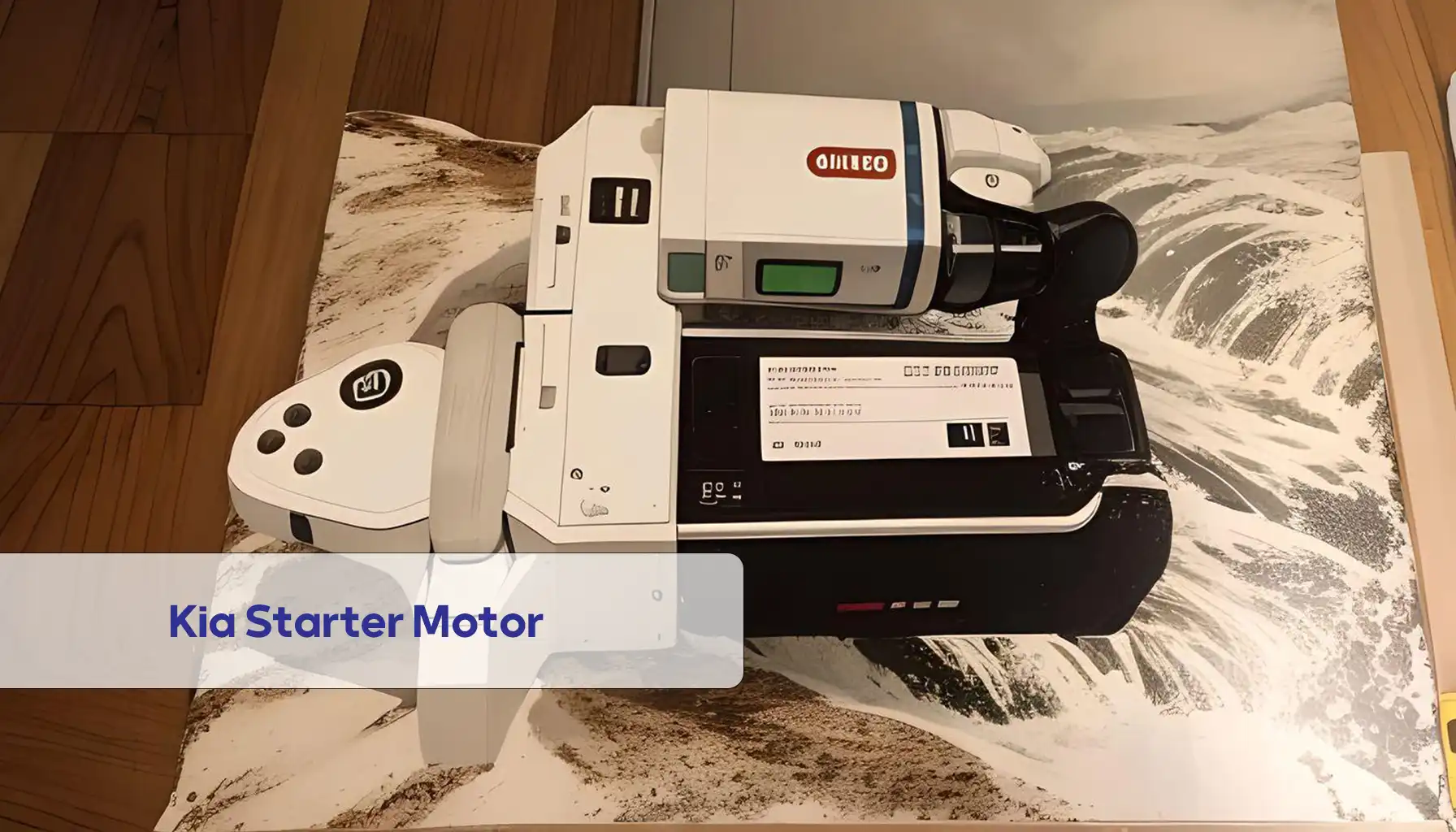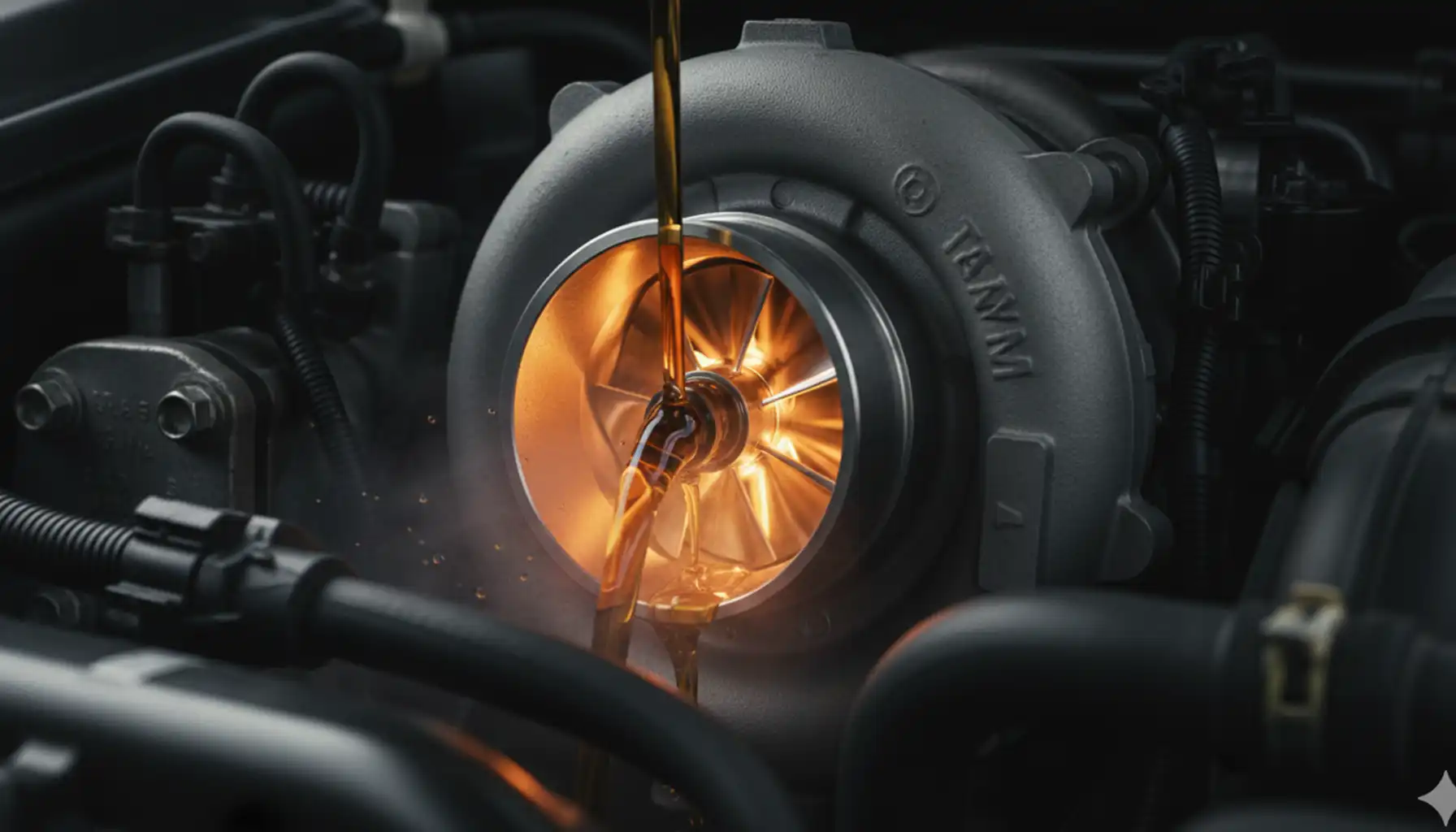Imagine this: you’re cruising down the road, windows down, singing along to your favorite tunes. Suddenly, your car sputters and dies. No warning, no drama, just…silence. What happened? The culprit might be a tiny sensor hiding in your engine, the crankshaft sensor. Don’t let its size fool you, this little guy plays a big role in making sure your car fires up (and stays fired up) like a champ.
This blog post will discuss the critical relationship between two parts of car’s engine: the crankshaft the sensor and the spark.

We will answer some common questions, like:
- Does the crankshaft sensor have control over the spark?
- Can a bad crankshaft sensor cause no spark?
- What are the signs that your car has a bad crankshaft sensor?
Also, we’ll give you tips on determining if your car’s crankshaft sensor needs to change and how to do it.
Do crankshaft sensors control spark?
Yes, the crankshaft position sensor (CKP) indirectly controls the spark by sending a signal to the engine control unit (ECU), which uses it to determine the optimal timing for spark and fuel injection in each cylinder. The spark is the electric discharge that ignites the air-fuel mixture in the combustion chamber, producing power and torque. Therefore, the crankshaft sensor plays a crucial role in a vehicle’s ignition system, indirectly controlling the spark.
The crankshaft sensor is a crucial component that helps your car’s engine run smoothly and efficiently. It tells the car’s computer when to ignite the fuel in the engine and which cylinder to ignite it in. Another essential question appears;
Why does a car’s crankshaft sensor need a reluctor ring?
To ensure that the crankshaft is operating optimally, a reluctor ring is used to provide information to the computer in the car about the crankshaft’s speed and position. The reluctor ring is a component placed around the crankshaft with notches or teeth that pass by a sensor.
As the ring rotates, the sensor measures changes in magnetic fields caused by the ring. This information is then sent to the computer in the car, which uses it to determine when to spray fuel into the engine and create a spark to ignite it.
Read More: Crankshaft Position Sensor
A critical feature of the reluctor ring is missing teeth, which helps the computer know the exact position of the crankshaft at any given moment.disruptstanding the precise location of the crankshaft, the computer can ensure that the fuel and spark are delivered at the right time, which helps the engine run smoothly and efficiently.
Will the crankshaft sensor cause no spark?
If the crankshaft sensor is faulty or damaged, it can cause the signal to be interrupted, weak, or inaccurate. A malfunctioning ECU can prevent the spark from being produced at the right time and in the correct cylinder or turn off the spark and fuel injectors. When this happens, the engine will stall, hesitate, or not start.
Some common causes of a bad crankshaft sensor are:
- Overheating: The excessive heat from the engine can melt or damage the plastic covering of the sensor, affecting its operation.
- Wiring issues: The wires or connectors of the sensor can become loose, corroded, or shorted, disrupting the signal transmission.
- Reluctor ring damage: A metal disc in your car is called the reluctor ring. This disc has teeth or notches that pass by a sensor. “Sometimes, this disc can become damaged if it cracks, bends, or loses some teeth. When this occurs, it may lead to issues with your car’s signal generation and consequently, affect its performance.
What are the symptoms of a bad crankshaft sensor?
A lousy crankshaft sensor can cause various symptoms that indicate faulty engine timing and performance. Some common symptoms are:
- Check engine light: The ECU will detect a problem with the crankshaft sensor signal and trigger the check engine light to alert the driver. A scan tool can read the trouble codes and identify the specific issue.
- Engine vibrations: If the crankshaft sensor provides incorrect readings, the ECU cannot correctly adjust the spark and fuel injection, causing the engine to run rough and vibrate.
- Reduced performance: A faulty crankshaft sensor can affect the engine’s power, acceleration, and fuel economy, as the ECU will not be able to optimize the combustion process.
- Difficulty starting: A failing crankshaft sensor can make it hard to start the engine, especially in cold or wet conditions, as the ECU will need accurate information to initiate the spark and fuel delivery.
- Intermittent stalling: A bad crankshaft sensor can cause the engine to cut out or stall randomly, as the signal may be lost or inconsistent. The engine may restart after a while, but the problem will persist until the sensor is changed.
How to diagnose and replace a crankshaft sensor
If you suspect your crankshaft sensor is bad or failing, you should have it checked and replaced as soon as possible to avoid further damage to your engine. Here are some steps to diagnose and replace a crankshaft sensor:
- Locate the sensor: The crankshaft sensor location is usually near the crankshaft pulley, the transmission bell housing, or the engine block. You may need to remove some components or use a flashlight to access it.
- Test the sensor: You can use a multimeter or an oscilloscope to test the resistance and voltage of the sensor and compare it to the specifications in your vehicle’s manual. You can also check the wiring and connectors for any signs of damage or corrosion.
- Replace the sensor: If the sensor is faulty or damaged, you must replace it with a new one. You will need to disconnect the battery, unplug the sensor, and remove the mounting bolts or screws. Then, you can install the new sensor, reconnect the wiring, and reattach the battery. You may also need to clear the trouble codes and reset the ECU.
Maintenance tips for crankshaft sensors
Keeping Your Crankshaft Sensor in Check
The crankshaft position sensor is key to your vehicle’s ignition system. Its job is to monitor the location and speed of the crankshaft as it rotates and then feed that info to the engine control module. This allows the module to sync fuel injection and spark timing.
It’s important stuff! If the sensor fails, it can cause rough idling, stalling, or no-start conditions. Not fun! The good news is you can take some simple maintenance steps to help avoid crankshaft sensor problems down the road. I’ll break down a few easy-peasy ideas here:
- Give Your Wiring Some Extra Love
Since the sensor relies on electrical connections of vehicle, it’s wise to occasionally check the wiring harness leading to the sensor for fraying, damaged insulation, or loose plugs. If you notice any wiring issues, get them repaired ASAP to avoid connectivity problems.
- Inspect Your Reluctor Ring
The reluctor ring is attached to the crankshaft itself. It’s got little teeth that the sensor reads as the crank spins. The sensor can’t properly monitor the crank position if those teeth get gunked up with oil, dirt, or debris. During oil changes, quickly peek to ensure the ring is clean of grime buildup.
- Avoid Sensor Damage
The crank sensor can take some accidental hits from road debris or during engine repairs. Pay attention to its vulnerable location when doing maintenance. And if you hear scrapes or pings from below, investigate to ensure the sensor isn’t impacted or cracked. Protect that puppy!
You have a few simple crankshaft sensor maintenance checks to add to your routine. They take little time but will save you a ton of hassle!

Crankshaft Sensors vs. The Alternatives
Most modern engines rely on a crankshaft position sensor to monitor the location and rate of the engine’s crank rotation. This critical data lets the vehicle’s computer synchronize the ignition timing and fuel injection. However, some alternative technologies can also be used to track crank movement:
- Hall effect sensors: These sensors detect crank position by measuring changes in a magnetic field from a reluctor ring on the crank. They are very accurate but can be more expensive than traditional sensors. The benefit is they are generally more durable in high-heat areas.
- Inductive sensors: Inductive pickup units use the principles of electromagnetic induction, similar to crank sensors, to detect passing teeth on the reluctor ring. They hold up well over time but require special crankshaft machining to install the ring correctly.
- Encoder-based systems: Optical encoders read markings on the perimeter of a disk to identify position. This approach is gaining popularity thanks to its higher resolution capability. Encoders tend to be more costly, though, and require their interface.
So which method is best? For most vehicles, OE-style inductive crank sensors check all the boxes. They deliver reliable performance for everyday driving without breaking the bank. But a Hall effect or encoder setup provides maximum precision for extreme engine builds or race cars. Just be prepared to shell out some extra bucks for the upgrade!
Conclusion
The crankshaft sensor is an important part of your car’s engine that helps control when the spark plugs fire and when fuel is injected. If it starts to go bad, it can cause problems like shaking, the car not starting, or the engine shutting off while driving.
It’s important to get your car checked out if you notice any of these issues because replacing the faulty crankshaft sensor is crucial to keeping your car running smoothly. We hope this information helps and if you have any questions, please let us know!



